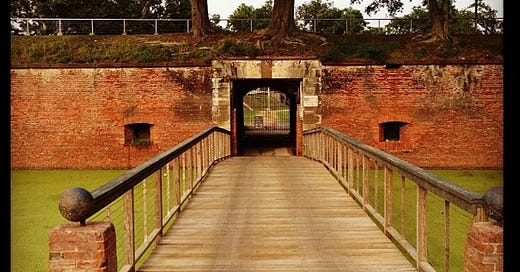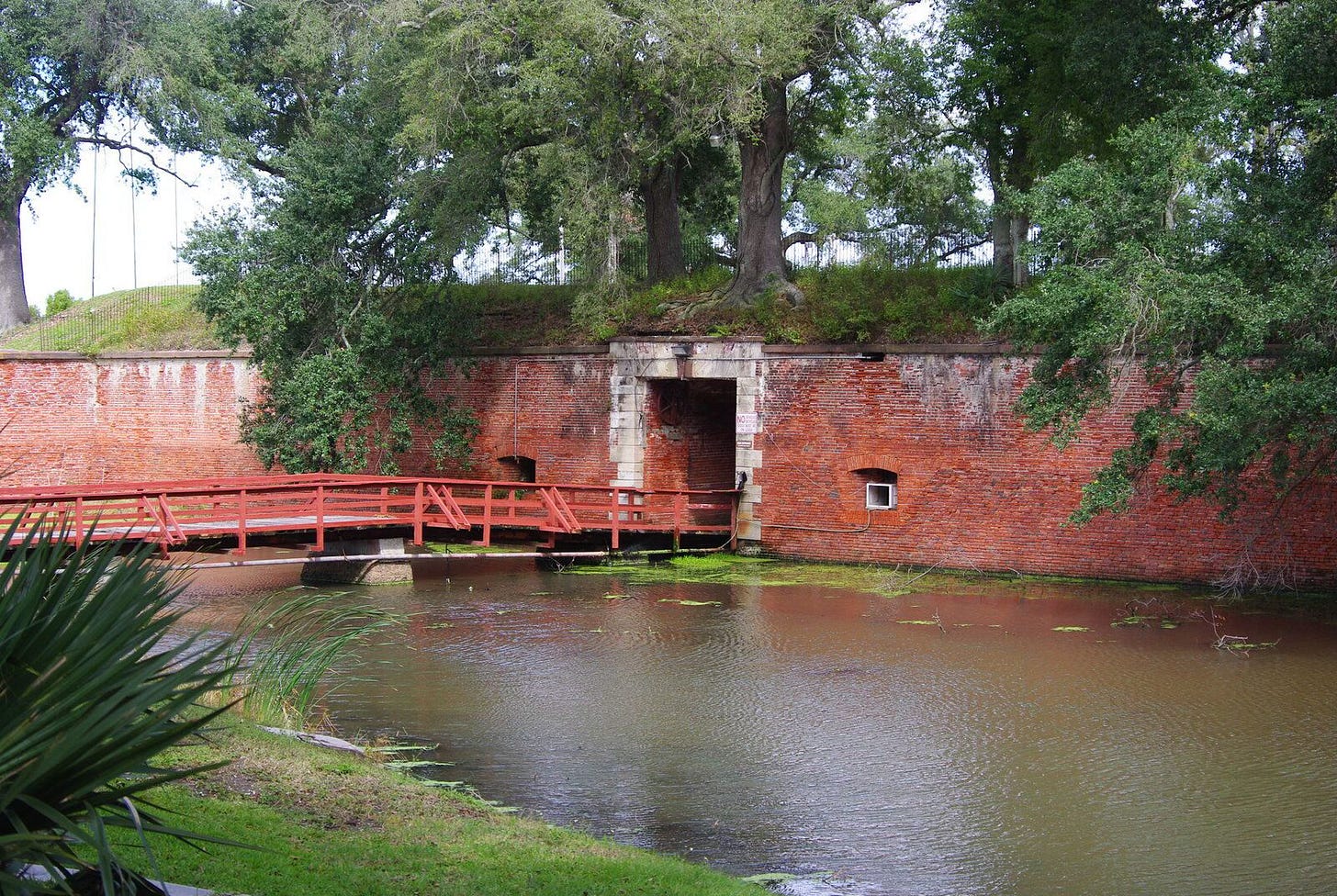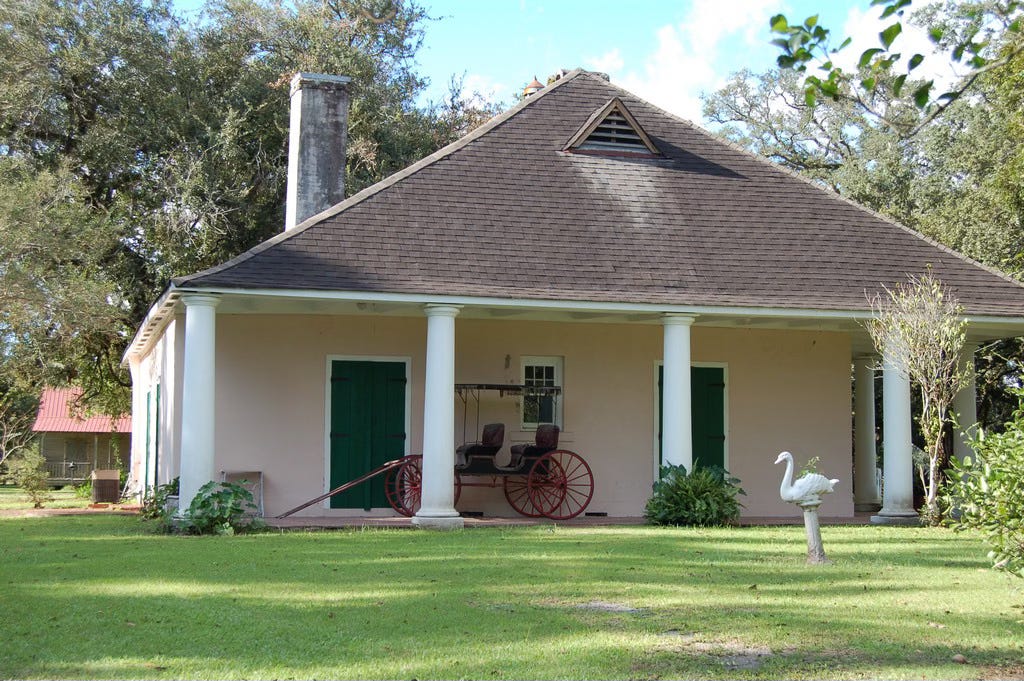Uncovering Hidden Gems: Louisiana's Off-the-Beaten-Path Historical Sites
Introduction: Discover Louisiana's Lesser-Known History
When you think of Louisiana, your mind likely conjures images of bustling streets in New Orleans, iconic plantations like Oak Alley, or the enchanting swamp tours winding through cypress trees. But hidden in the folds of Louisiana’s rich tapestry are lesser-known historical sites that quietly tell their own captivating stories. These are places where whispers of the past linger in the air, waiting for those willing to venture beyond the well-trodden paths.
From the storied grounds of Fort Jackson to the architectural marvel of the LaBranche Plantation Dependency, Louisiana’s hidden historical gems are a treasure trove for history enthusiasts and adventurous travelers alike. In this journey, we’ll uncover some of these forgotten corners, where the echoes of Louisiana’s diverse heritage still resonate. Grab your curiosity and sense of wonder—let’s explore!
The Allure of Hidden History
There’s a certain magic in discovering something overlooked by the masses. These hidden gems often carry an intimacy and authenticity that grander, more famous sites might lack. They offer a glimpse into Louisiana’s past that feels personal, as though you’ve stumbled upon a secret shared by the land itself.
Louisiana’s history is a patchwork of cultures: Native American tribes, French and Spanish colonizers, African enslaved people, and Creole communities have all left their indelible marks. Exploring these off-the-beaten-path sites allows us to piece together the nuanced narratives that shaped this unique state. It’s not just history—it’s an adventure into the soul of Louisiana.
Fort Jackson
Nestled on the banks of the Mississippi River in Plaquemines Parish, Fort Jackson stands as a testament to Louisiana's critical role in the Civil War. Built in the early 1800s to defend New Orleans from naval attacks, the fort’s star-shaped design and sturdy brick walls were a marvel of military engineering at the time. During the Union’s siege of New Orleans, Fort Jackson endured days of bombardment, its walls reverberating with the thunder of cannon fire.
Today, the fort's ruins invite visitors to walk through its echoing corridors and explore its underground tunnels, imagining the lives of the soldiers who once defended it. The surrounding wetlands, teeming with wildlife, add to the fort’s atmosphere of historical intrigue and natural beauty.
Tips for Visiting:
Location: Approximately 70 miles southeast of New Orleans in Plaquemines Parish.
Best Time to Visit: Winter months for cooler weather and fewer mosquitoes.
Local Legends: Visitors often speak of ghostly apparitions and unexplained sounds echoing through the fort’s tunnels.
Bonnet Carré Spillway
The Bonnet Carré Spillway is a marvel of modern engineering, built in 1931 to protect New Orleans from devastating floods. Spanning thousands of acres along the Mississippi River, the spillway diverts excess water into Lake Pontchartrain, relieving pressure on the levees and safeguarding the city during times of high water. Over the decades, this vital structure has prevented countless disasters, proving its worth time and again.
Beyond its functional importance, the spillway has become a hub for recreation and wildlife. Expansive grassy fields, levees, and waterways make it an ideal spot for birdwatching, fishing, and hiking. History enthusiasts can explore interpretive displays detailing the spillway’s construction and its ongoing role in flood management.
Tips for Visiting:
Location: Along Interstate 10 near Norco, Louisiana.
Best Time to Visit: Spring and fall for mild weather and optimal wildlife activity.
Did You Know?: The spillway’s design set a precedent for flood control systems nationwide, influencing similar projects across the United States. and has been activated multiple times to prevent major flooding in New Orleans.
LaBranche Plantation Dependency
Tucked away along the River Road near Destrehan, the LaBranche Plantation Dependency is a hidden gem that offers a rare glimpse into Louisiana’s Creole heritage. Built in the late 1700s, this outbuilding played a vital role in the plantation’s daily operations, serving as a kitchen, storage facility, and living quarters for enslaved workers or overseers. While the main plantation house no longer stands, the dependency endures as a testament to the ingenuity and resilience of Creole architecture.
The building’s high-pitched roof, raised brick foundation, and intricate woodwork reflect the blend of French, Spanish, and Caribbean influences that characterize Creole design. Stepping onto the property feels like traveling back in time, offering visitors a window into the lives of those who lived and labored here.
Tips for Visiting:
Location: Near Destrehan, Louisiana, along River Road.
Best Time to Visit: Early fall, when preservation events and guided tours are frequently held.
Historical Note: The dependency is part of a broader initiative to preserve Louisiana’s Creole history and architecture.
The Adventure of Exploring the Unknown
Exploring Louisiana’s hidden historical gems isn’t just about visiting places—it’s about connecting with the stories that shaped this state. These connections deepen our understanding of Louisiana’s history by revealing the resilience, creativity, and struggles of the people who came before us. Whether it’s standing where a slave revolt unfolded or reflecting in the quiet ruins of a church, these experiences offer a profound perspective on how the past continues to influence the present. Standing among the ruins of a forgotten church or walking the grounds of an overlooked plantation can evoke a profound sense of wonder and respect.
There’s also a thrill in the journey itself. Many of these sites require venturing off the beaten path, driving down dirt roads, or hiking through dense woods. The reward? A deeper appreciation for Louisiana’s history and a unique adventure to share with others.
Resources and Tips for Historical Explorers
Local Historical Societies: Reach out to groups like the Louisiana Historical Society for maps and resources.
Online Tools: Websites like Atlas Obscura can help uncover hidden sites.
Respect the Sites: Always follow guidelines, respect private property, and leave no trace.
Safety First: Bring water, wear sturdy shoes, and inform someone of your plans when exploring remote locations.
Conclusion: Your Journey Awaits
Louisiana’s history is vast, colorful, and deeply layered. While its famous landmarks draw crowds, the state’s hidden gems offer a quieter, more personal glimpse into the past. From the storied grounds of Fort Jackson to the fascinating history of the Bonnet Carré Spillway, these sites invite us to step back in time and connect with the people and events that shaped Louisiana.
So pack your sense of curiosity and set out on your own adventure. Share your discoveries with us at The Bayou Insider, and let’s keep Louisiana’s hidden history alive. What are your favorite hidden gems in Louisiana? Let us know in the comments or on social media—your journey might inspire someone else to explore! Don’t forget to subscribe for more stories and tips on exploring this incredible state. The past is waiting—go uncover it!









